The Constellation Bootes, the Herdsman
Click on image for full size
Bootes
Bootes, the herdsman, rides through the sky during the late Spring and
early Summer. While he may have appeared as a shepherd to the
ancients, modern star-gazers like us can easily recognize the shape of
a kite, with the bright star
Arcturus at the point of the
kite where the tail is attached.
Arcturus is a bright red
supergiant star with a diameter nearly 20 times that of the Sun and a
brightness more than 100 times that of our Sun. Since it is only 36
light-years away (close for a star!), it appears as the brightest star
in Bootes, and, in fact, the fourth brightest star in the sky.
Bootes was identified with a farmer who plows the land during spring. The Romans called
Bootes the Herdsman of the Septemtriones, that is, of the seven oxen
represented by the seven stars of the Big Dipper, which was seen as
the cart or the plow.
You might also be interested in:

What types of instructional experiences help K-8 students learn science with understanding? What do science educators teachers, teacher leaders, science specialists, professional development staff, curriculum designers, school administrators need to know to create and support such experiences?
...more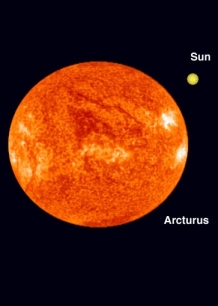
What's in a Name: Greek for "Bearkeeper". The bear is the constellation Ursa Major (the Great Bear). Claim to Fame: 4th brightest star in the sky. The reddish light of Arcturus striking a photoelectric
...more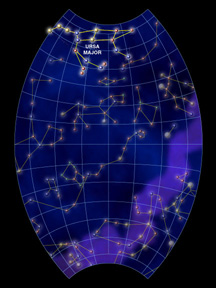
Ursa Major is probably the most famous constellation, with the exception of Orion. Also known as the Great Bear, it has a companion called Ursa Minor, or Little Bear. The body and tail of the bear make
...more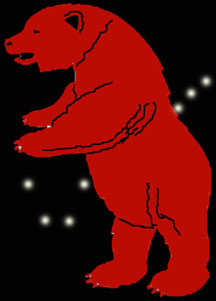
Callisto was a river goddess. Callisto was the favorite companion of the moon goddess Diana. One day the god Jupiter saw the beautiful Callisto and fell in love with her. Knowing that Diana had warned
...more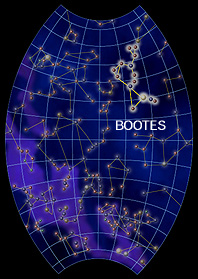
Bootes, the herdsman, rides through the sky during the late Spring and early Summer. While he may have appeared as a shepherd to the ancients, modern star-gazers like us can easily recognize the shape
...more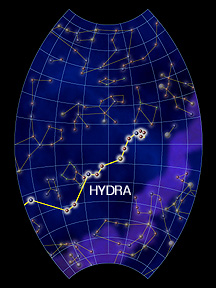
Hydra is the longest constellation in the sky and is also the largest in terms of area. It is so long that it takes more than six hours to rise completely. Along its northern side, we can observe the zodiacal
...more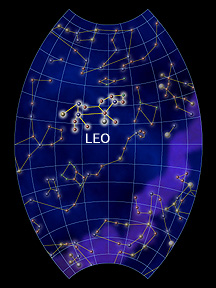
The constellation Leo is known as the Lion. Leo's head and mane make up an upside-down question mark called the Sickle. One of the brightest spring stars, Regulus (Latin for "little king"), is at the base
...more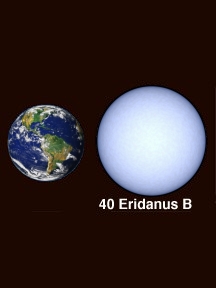
What's in a Name: Star designated 40 in the constellation Eridanus. Claim to Fame: One of the first white dwarfs found. A white dwarf is the exposed extremely hot core of a star that has blown off its
...more














